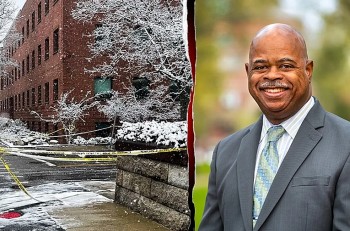Top 10 Most Dangerous Prisons in the United States
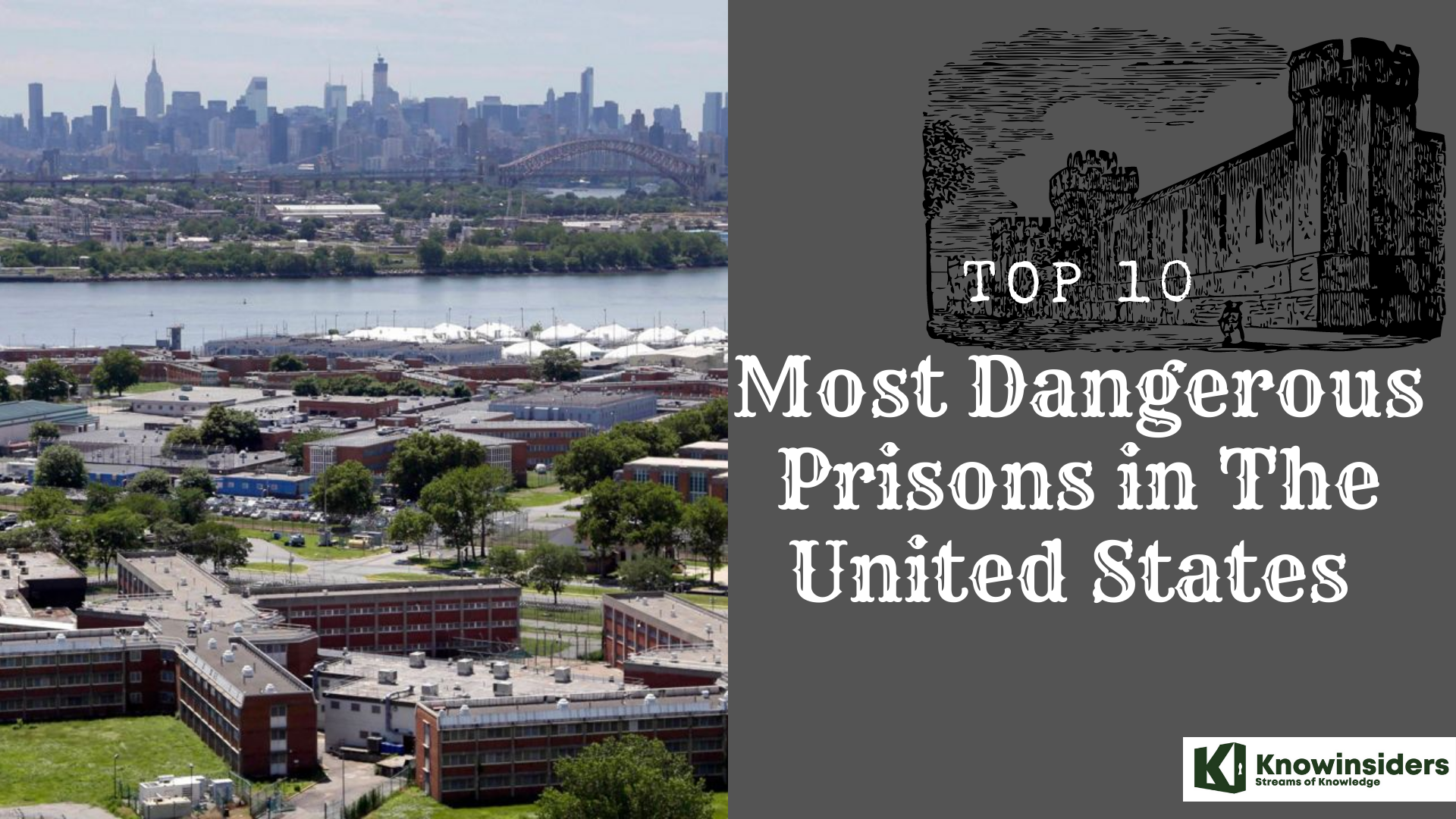 |
| Top 10 most dangerous prisons in the United States |
| Table of Content |
Some of the most notorious murderers, terrorists, and other criminals are housed in some of the worst prisons in America. Whether it’s Folsom State Prison – made famous by Johnny Cash; Rikers Island in New York or San Quentin State Prison, these are some of the most dangerous correctional facilities in the United States when it comes to inmate violence, prison health concerns, the notoriety of inmates and their crimes, and more.
In the Ranking of Top 20 Worst Prisons in the World 2023, there are many prisons in the US, including:
• The ADX Florence Supermax Prison, USA
• Rikers Island, New York
• San Quentin State Prison, California
• Terre Haute, USA
• Alcatraz Federal Penitentiary, California
• Attica Correctional Facility, New York
What are the most dangerous prisons in the United States?
10. Holman Correctional Facility
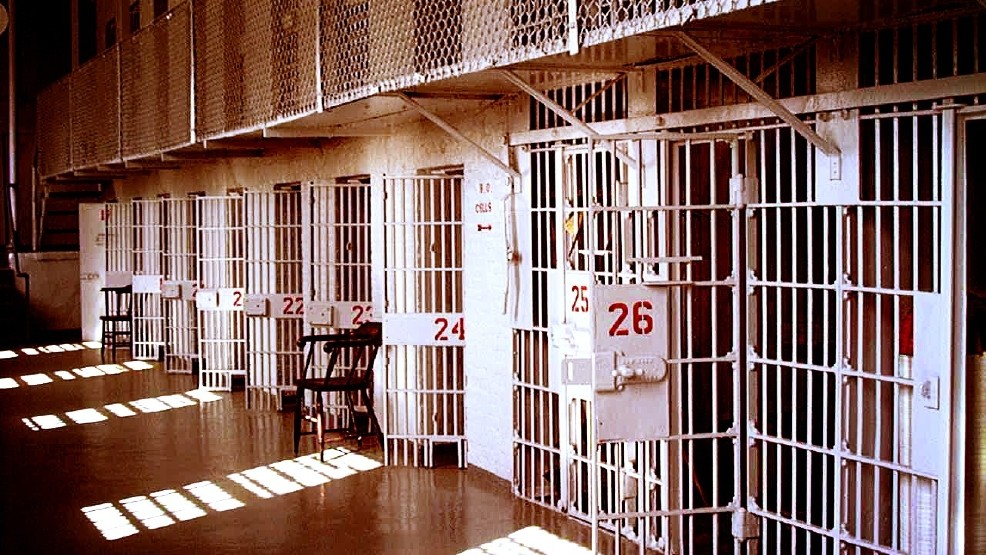 |
| Photo: The Trussville Tribune |
William C. Holman Correctional Facility is an Alabama Department of Corrections prison located in unincorporated southwestern Escambia County, Alabama. The facility is along Alabama State Highway 21, 9 miles (14 km) north of Atmore in southern Alabama.
The facility was originally built to house 581 inmates. Holman held as many as one thousand prisoners. It has 632 general population beds, 200 single cells, and 170 death row cells, for a capacity of 1002 maximum through minimum-custody inmates, including a large contingent of life without parole inmates. The death chamber is located at Holman, where all state executions are conducted. Holman also operates two major correctional industries within the facility's perimeter: a license plate plant and a sewing factory.
Holman Correctional Facility was the subject of a documentary on MSNBC entitled Lockup: Holman Extended Stay (2006). The warden at Holman Correctional Facility at the time was Grantt Culliver, who served from 2002 from 2009. The current warden is Terry Raybon.
In 2016 the prison had the reputation of being the most violent in the country, due to overcrowding and understaffing. That year the Department of Justice initiated an investigation at the prison into conditions for both prisoners and officers.
The Gulf Coast area, where Holman is located, often has temperatures of 100 °F (38 °C) and high humidity during summer. The prison administration has not installed air conditioning, so the prison has hundreds of industrial fans used for moving the air in an attempt to provide cooling. The hottest areas in the prison are the kitchen facilities.
Staff shortages are made worse by absenteeism. On some days, as few as nine guards are on duty. Only two of the six towers on the perimeter are manned. Annual staff turnover is reported to be 60 percent. As a result of a hiring freeze in 2014, mandatory overtime was commonly required for the guards.
In December 2018, press reports indicated the facility had only 72 of the 195 guards needed for routine operations without officers on overtime.
Hillary Heath, the inside producer of Lockup, said that when she asked prisoners to describe Holman, they used names like "The Slaughterhouse", "Slaughter Pen of the South", and "House of Pain", which referred to the frequent stabbings and violent attacks committed among the prisoners. The names "The Bottom" and "The Pit" refer to the prison's location in southern Alabama. One inmate said that, within the state, "you can't get any lower than this."
Heath reported that Holman inmates made "julep," a homegrown whiskey, using water, sugar, and yeast. She described julep as a brown liquid with dark floating chunks, resembling raw sewage. She said its odor "was not as vile as I imagined", and it smelled like sourdough bread and prunes.
Prisoners who commit indecent exposure violate rule #38, thus indecent exposure is referred to by inmates as "doing a '38'". Violating rule 38 of ADOC policy requires an inmate to attend sex addiction courses.
9. Orleans Parish Prison
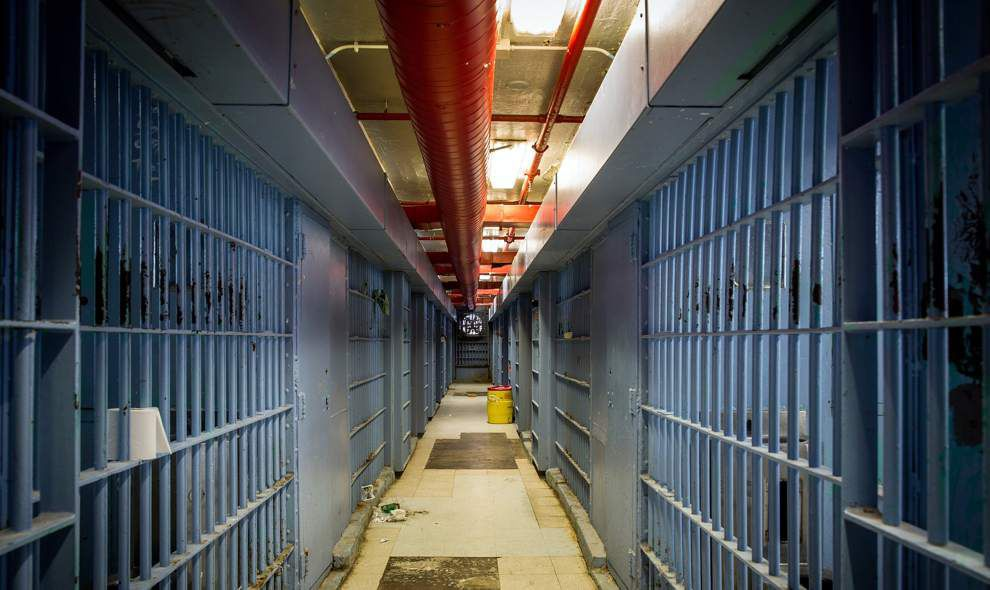 |
| Photo: NOLA |
Orleans Parish Prison (OPP) has never been your typical county jail. On an average day before Hurricane Katrina destroyed many of OPP’s building, the prison held nearly 6500 inmates. Although New Orleans was only the 35th most populated city in the United States, OPP was the 9th largest local jail in terms of the total number of prisoners per day and the average daily population of prisoners. OPP even housed more people than the notorious Louisiana State Penitentiary at Angola (a.k.a. “the Farm”). On any given day, 60% of OPP’s population are individuals held on attachments, traffic, or municipal charges, while the remainder are housed for the Louisiana Department of Corrections and the federal government. It was these inmates, many of whom had not yet been formally charged with a crime, or were serving time for minor municipal infractions, who were abandoned in their cells for days following Hurricane Katrina.
Unfortunately, the problems at Orleans Parish Prison did not begin with Hurricane Katrina. OPP has a long history of cruelty and neglect when it comes to the health and safety of its inmates, which explains why the prison has for years been subject to numerous federal court-ordered consent decrees. For example, just three months before Katrina hit the prison, two OPP deputies were indicted for beating an inmate to death after he was picked up for public drunkenness. Another inmate died in August 2001 of dehydration, after he was held in restraints for 42 hours; the inmate–Shawn Duncan–entered OPP one week earlier as a healthy 24-year-old who was being held on traffic charges.
One major concern that has driven ongoing monitoring by the court is OPP’s provision of horribly inadequate health care. In 1999, pregnant prisoners complained that they were kept shackled while in labor. Also, an inmate claimed that she was denied a gynecological examination despite the fact that she bled for 30 days after giving birth. In October, 2004, an OPP inmate died of a ruptured peptic ulcer. According to the Orleans Parish coroner, the inmate probably writhed in agony for 12 hours before collapsing to his death (6). After an inmate died in March 2005 of tuberculosis, members of the public organized a rally to highlight the problems at OPP. On the same day as the rally, another inmate at OPP died of bacterial pneumonia.
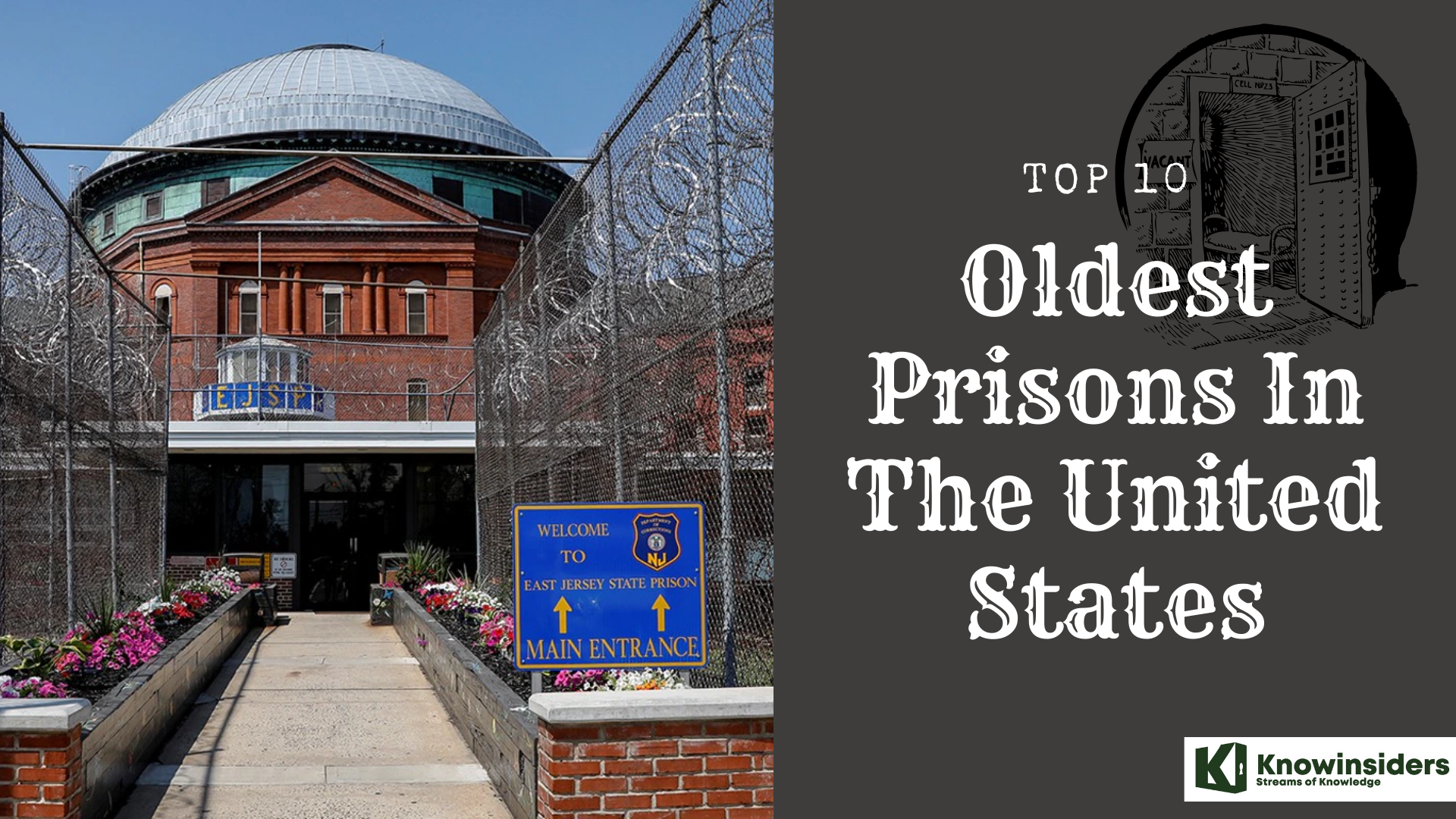 10 Oldest Prisons In The United States - The First Jails 10 Oldest Prisons In The United States - The First Jails Prisons are the last place anyone would wish to go, and United States has some of the oldest, most menacing prisons ever with a cruel ... |
8. Pelican Bay State Prison
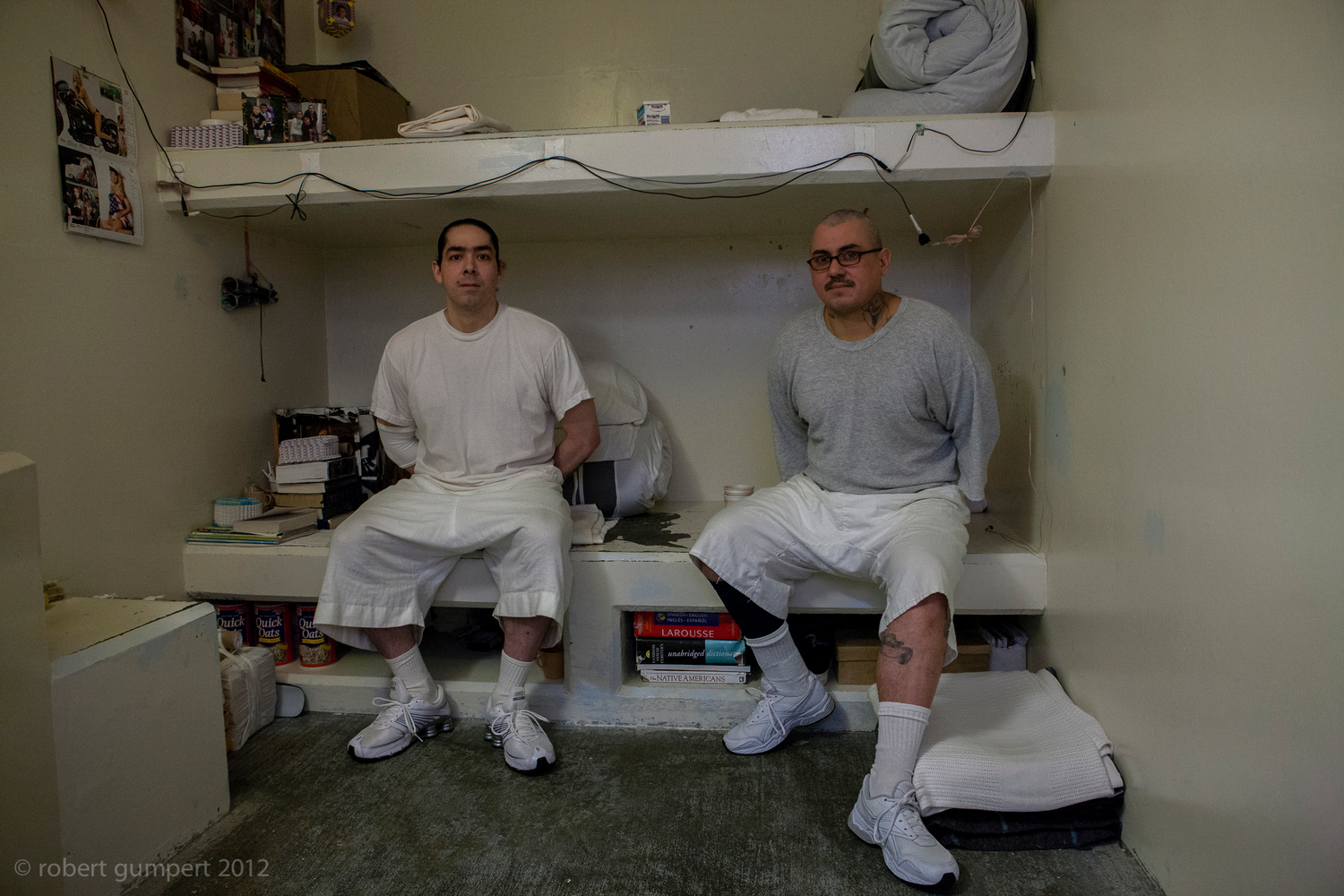 |
| Photo: Robert Grumpert |
Pelican Bay State Prison (PBSP) is the only supermax facility in the state of California. This prison (which is 275 acres (111 ha)) is located in Del Norte County, California. The prison takes its name from a shallow bay on the Pacific coast, about 2 mi (3.2 km) to the west. The prison lies in a detached section of Crescent City, several miles north of the main urban area and just south of the Oregon border. PBSP's primary purpose is to house violent male prisoners from the California state prison system; 40% of Pelican State's inmates are serving life sentences and nearly all have histories of violence at other California prisons which resulted in their transfer to Pelican Bay. The sole exception are the institution's minimum security inmates, who work as part of the prison's outside maintenance and firefighter programs.
Facilities A and B are designated as Level IV, General Population (GP) facilities with two-man cells. Facility-C, Restricted Housing (RH), consist of the only remaining, dedicated long-term Security Housing Units (SHU), C-7 through C-12, in the state. In addition to the supermax population, RH also consist of Administrative Segregation (Ad/Seg) housing units, C-1 through C-6 and Short Term Restrictive Housing (STRH) Facility-D is designated as a Level II Facility. There is also a collocated 400-bed Level I, Minimum Security unit (outside of the secure perimeter) which provides inmate orderlies for general service tasks at and around the main prison.
Inmates, their lawyers, and prisoner advocate groups have tried to argue that confinement in the SHU is cruel and unusual punishment, due to severe conditions. However, contrary to popular belief, the SHU is not composed of solitary confinement cells. Inmates housed in the same pod can talk with each other and even see each other when released from their assigned cells. RH, SHU and Ad/Seg consists of twelve (12) housing units, with six pods per housing unit and eight cells per pod. Some psychiatrists and psychologists who support inmates housed in the SHU have described a "SHU syndrome", a condition which, they say, affects inmates who spend more than a few months in isolation. The symptoms reportedly resemble those of post-traumatic stress disorder, including hallucinations, depression, anxiety, anger, and suicide. The cause of most of these symptoms is isolation; most SHU inmates experience isolation for 23 hours a day with limited human contact other than receiving meals through a slot in the cell door.
7. Rikers Island
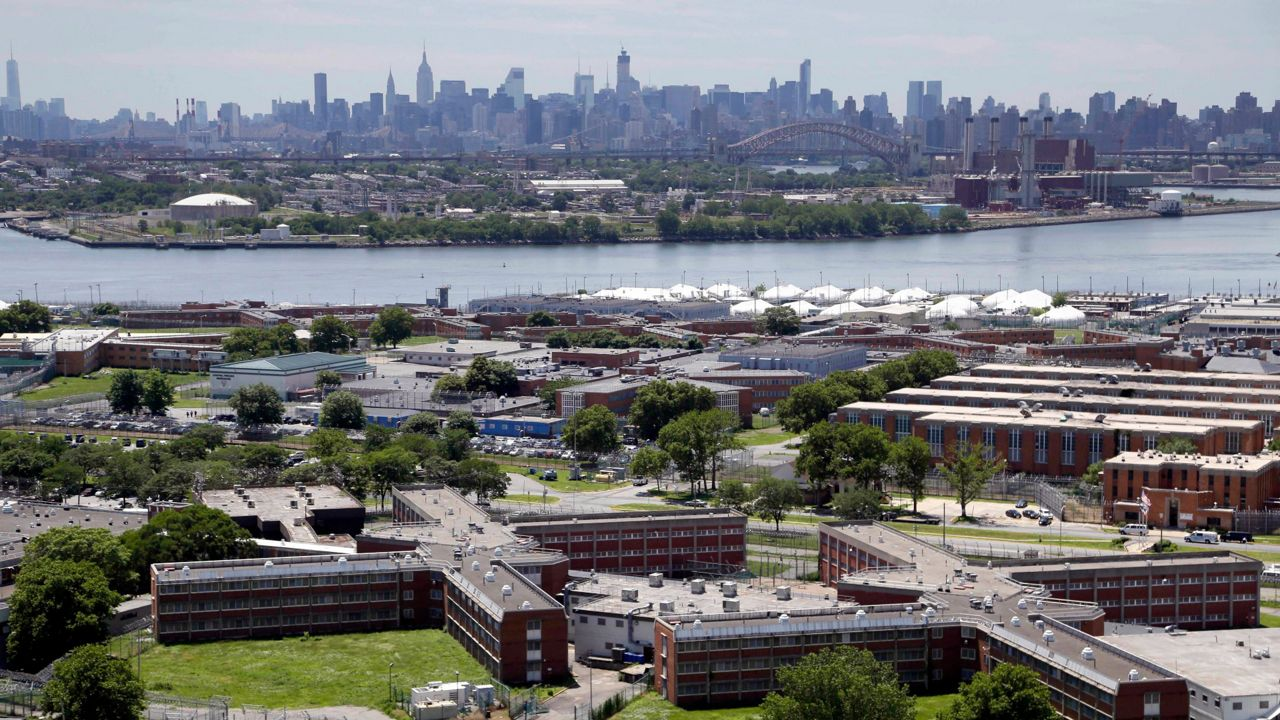 |
| Photo: NY1 |
Rikers Island is a 413.17-acre (167.20-hectare) island in the East River between Queens and the Bronx that is home to New York City's main jail complex. Named after Abraham Rycken, who took possession of the island in 1664, the island was originally under 100 acres (40 ha) in size, but has since grown to more than 400 acres (160 ha). The first stages of expansion were accomplished largely by convict labor hauling in ashes for landfill. The island is politically part of the Bronx, although bridge access is from Queens. It is part of Queens Community Board 1 and uses an East Elmhurst, Queens, ZIP Code of 11370 for mail.
The island is home to one of the world's largest correctional institutions and mental institutions, and has been described as New York's most well-known jail. The complex, operated by the New York City Department of Correction, has a budget of $860 million a year, a staff of 9,000 officers and 1,500 civilians managing 100,000 admissions per year and an average daily population of 10,000 inmates. The majority (85%) of detainees are pretrial defendants, either held on bail or remanded in custody. The rest of the population have been convicted and are serving short sentences. According to a 2015 study by the Vera Institute of Justice, it costs the city approximately $209,000 to detain one person for one year at Rikers Island.
Rikers Island has a reputation for violence, both abuse and neglect of inmates, attracting increased press and judicial scrutiny that has resulted in numerous rulings against the New York City government, and numerous assaults by inmates on uniformed and civilian staff, resulting in often serious injuries. In May 2013, Rikers Island ranked as one of the ten worst correctional facilities in the United States, based on reporting in Mother Jones magazine. Violence on Rikers Island has been increasing in recent years. In 2015 there were 9,424 assaults, the highest number in five years.
6. Louisiana State Penitentiary
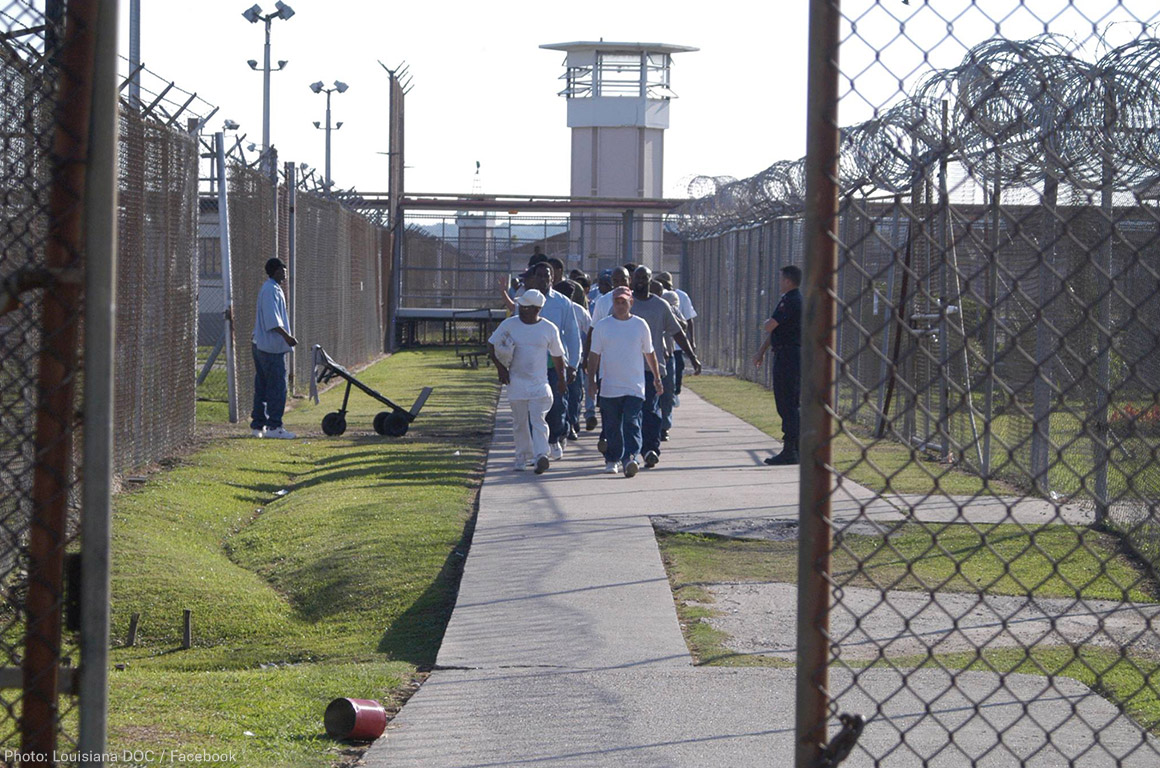 |
| Photo: ACLU |
The Louisiana State Penitentiary (known as Angola, and nicknamed the "Alcatraz of the South", "The Angola Plantation" and "The Farm") is a maximum-security prison farm in Louisiana operated by the Louisiana Department of Public Safety & Corrections. It is named "Angola" after the former plantation that occupied this territory. The plantation was named for the African country that was the origin of many slaves brought to Louisiana.
Angola is the largest maximum-security prison in the United States with 6,300 prisoners and 1,800 staff, including corrections officers, janitors, maintenance, and wardens. Due to these large numbers, it has been given the nickname "a gated community." Located in West Feliciana Parish, the prison is set between oxbow lakes on the east side of a bend of the Mississippi River, so it is surrounded on three sides by water. It lies less than two miles south of Louisiana's straight east-west border with Mississippi. The 18,000 acres (73 km2) of land the prison sits on was known before the American Civil War as the Angola Plantations and was owned by Isaac Franklin. The prison is located at the end of Louisiana Highway 66, around 22 miles (35 km) northwest of St. Francisville.
Burl Cain served as the warden from 1995 to March 7, 2016. He was known for numerous improvements and lowering the rate of violence at the prison, but also numerous criminal allegations. Despite Cain's improvements to the prison, harsh conditions have continued. Death row for men and the state execution chamber for both sexes are located at the Angola facility.
5. San Quentin State Prison
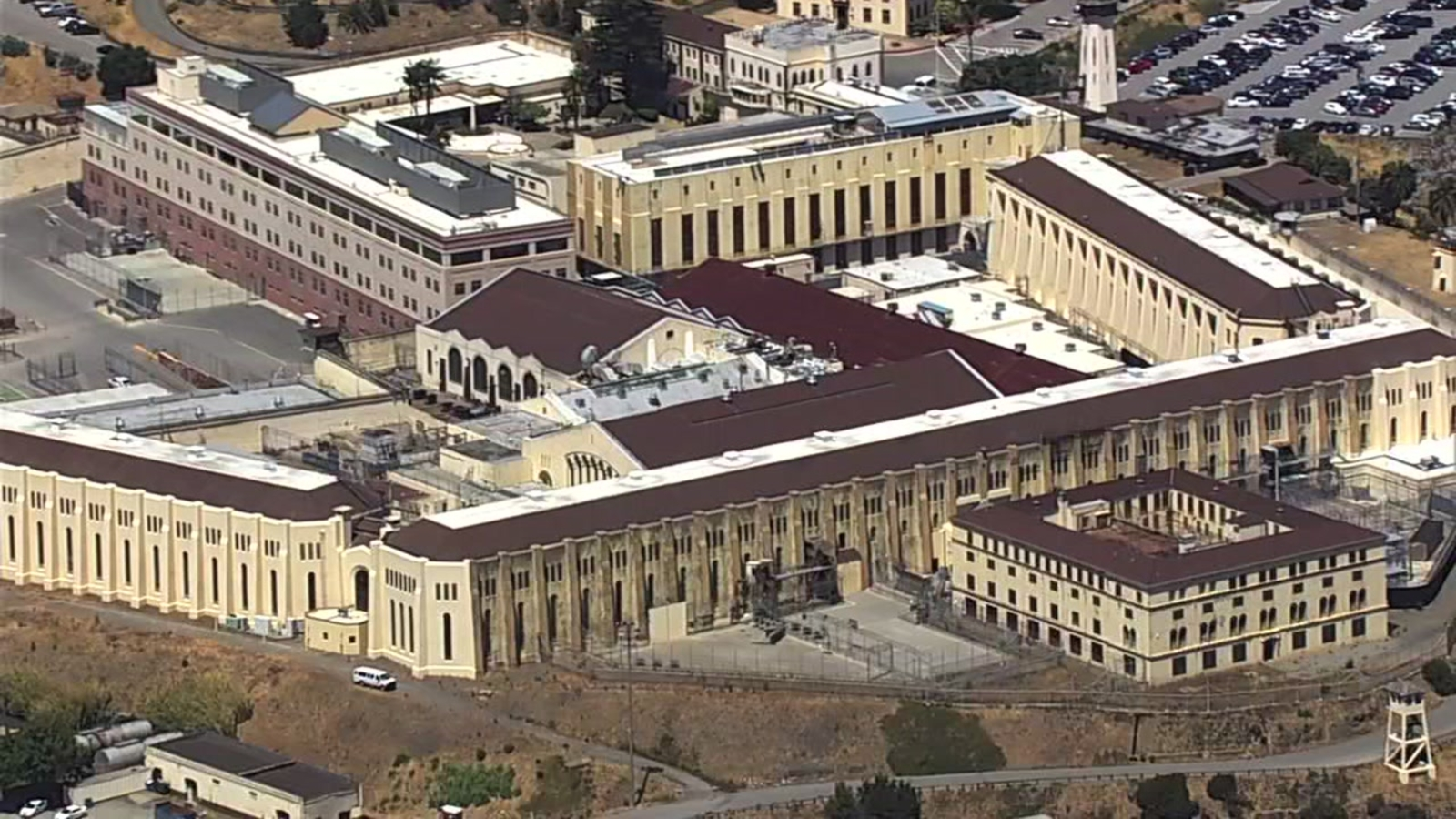 |
| Photo: Wikipedia |
San Quentin State Prison is California’s oldest and best known correctional institution, which was established on the site currently known as Point San Quentin, in July of 1852, as an answer to the rampant lawlessness in California at the time. During its construction, inmates slept on the prison ship, the Waban, at night and labored to build the new prison during the day. San Quentin housed both male and female inmates until 1933 when the women’s prison at Tehachapi was built. The prison rests overlooking the bay on 432 acres, and is located just 12 miles north of the Golden Gate Bridge in the county of Marin. The walled prison is made up of four (4) large cell blocks (West, South, North, and East Block), one (1) maximum security cell block (the Adjustment Center), Central Health Care Service Building, a medium security dorm setting and a minimum security firehouse. The state’s only gas chamber and death row for all male condemned inmates are located at San Quentin.
This facility provides both outpatient and inpatient mental health services for patients with a serious mental disorder. The licensed Psychiatric Inpatient Program at this facility is designed to provide more intensive treatment for patients who cannot function adequately or stabilize in an outpatient program.
The area that San Quentin State Prison sits on was originally named, “Puenta de Quentin” after the Native American Chief Quentin (“Kaynteen”). The actual spelling and pronunciation has been obscured in history. However, a 1834 Spanish land grant clearly establishes the name “Puenta de Quentin”. The U.S. Coast Survey Team of 1850 named the site, Point San Quentin.
San Quentin State Prison is California’s oldest correctional institution. It was built in July 1852 on the site known as Point San Quentin, Marin County. The 20 acres of land was purchased for $10.000.
San Quentin was initially established to replace a prison ship known as the Waban. There are no historical proof of facts, but folklore has it that on July 14, 1852, (Bastille Day {French Revolution}) the Waban arrived off shore with 40 to 50 convicts. San Quentin State Prison has been known as the “Bastille by the Bay”.
By October 12, 1852, a contract to build the first cell block had been negotiated.
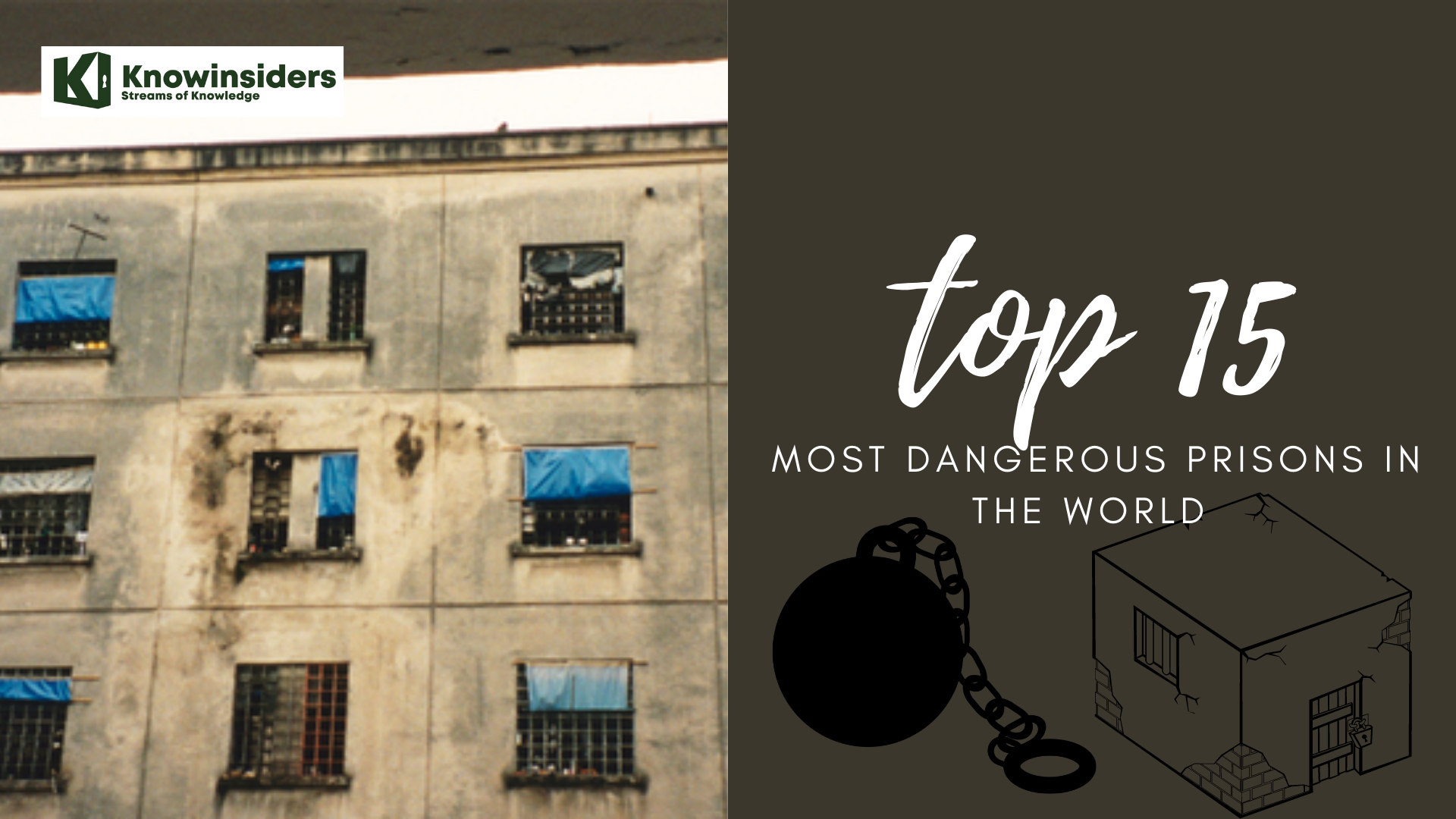 15 Most Dangerous Prisons In The World 15 Most Dangerous Prisons In The World Prison is the last place everyone ever wish to go in, and most prisons are notorious for its violence and brutality. |
4. Folsom State Prison
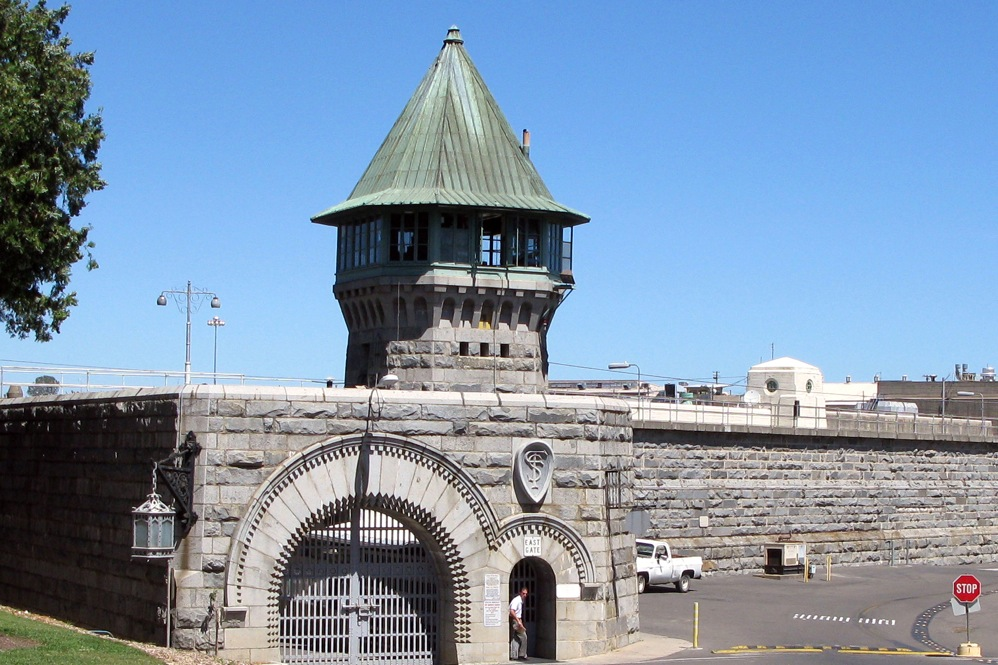 |
| Photo: NPR |
Folsom State Prison (FSP) is a California State Prison in Folsom, California, U.S., approximately 20 mi (30 km) northeast of the state capital of Sacramento. It is one of 34 adult institutions operated by the California Department of Corrections and Rehabilitation.
Opened in 1880, Folsom is the state's second-oldest prison, after San Quentin, and the first in the United States to have electricity. Folsom was also one of the first maximum security prisons, and has been the execution location of 93 condemned prisoners.
Musician Johnny Cash put on two live performances at the prison on January 13, 1968. These were recorded and released as a live album titled At Folsom Prison. He had written and recorded the song "Folsom Prison Blues" over a decade earlier.
Both FSP and California State Prison, Sacramento (SAC) share the mailing address: Represa, CA 95671. Represa (translated as "dam" from the Spanish language) is the name given in 1892 to the State Prison post office because of its proximity to a dam on the American River that was under construction at the time. The dam was replaced in 1955 by the Folsom Dam.
The facility includes five housing units within the secure perimeter, including the original two-tiered structure. Unit 1 is the most populous cellblock in the United States, with a capacity of nearly 1,200 inmates on four five-tiered sections. All cells include a toilet, sink, bunks, and storage space for inmate possessions.
Prison facilities also include two dining halls, a large central prison exercise yard, and two smaller exercise yards. The visiting room includes an attached patio as well as space for non-contact visits.
As of April 30, 2020, FSP's men's facilities were incarcerating people at 130.4% of design capacity, with 2,694 occupants, and FSP's women's facilities were incarcerating people at 68.5% of design capacity, with 276 occupants.
3. Sing Sing Correctional Facility
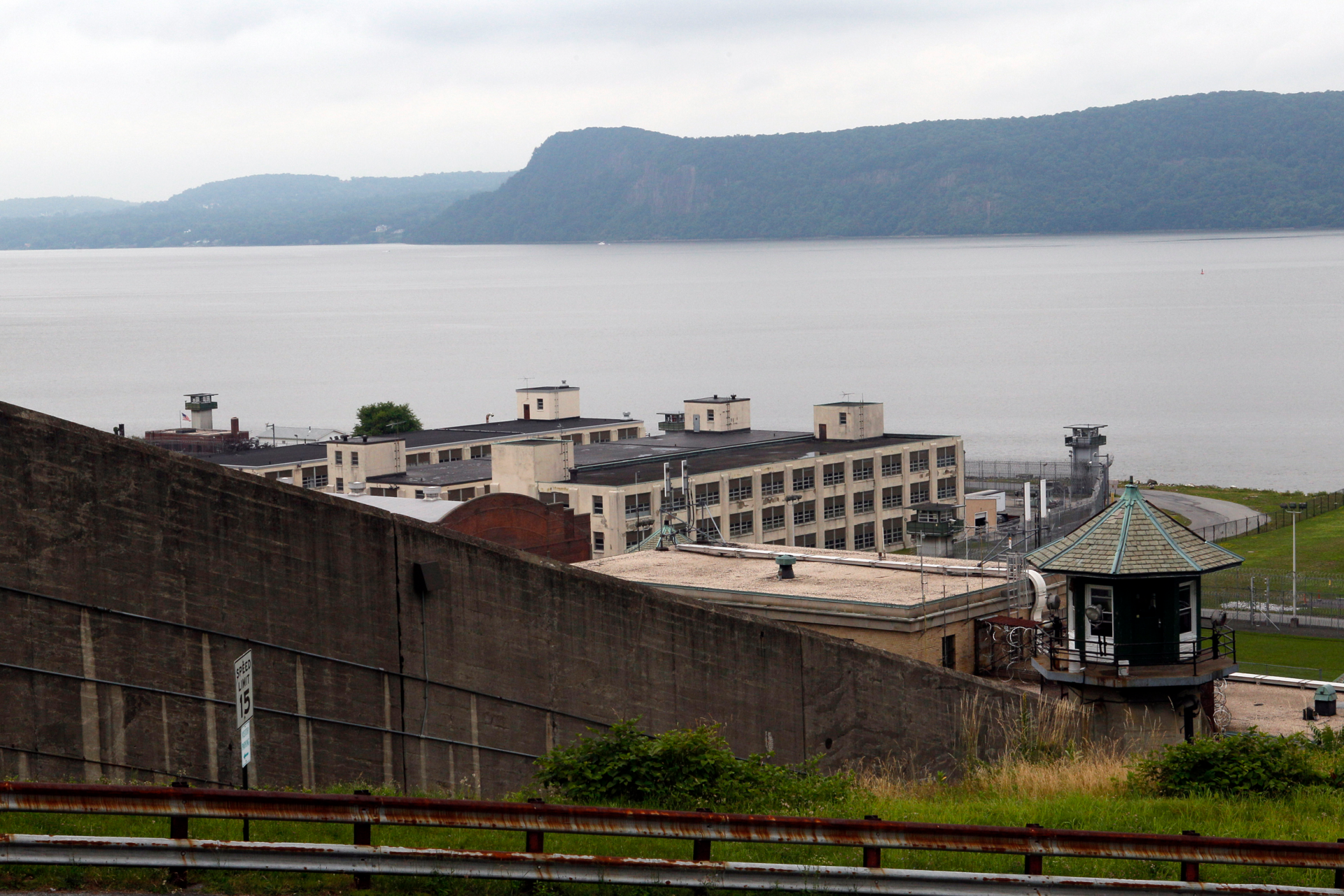 |
| Photo: NBC News |
Sing Sing Correctional Facility is located in Ossining New York, part of Westchester County. This facility is sometimes referred to as Ossining Correctional Facility. It is a maximum custody prison that houses adult males. At one time this institution could house 2,300 inmates, but today the maximum capacity of Sing Sing Correctional Facility stands at 1,803. Mental health treatment is offered to inmates in an Intermediate Car Program for inmates with acute to medium mental illness, a Transitional Intermediate Care Program, and Residential Crisis Treatment Program which is reserved for inmates with serious mental health issues.
Sing Sing Correctional Facility offers a wide array of educational opportunities, from adult basic education and GED courses, to college programs offered through several colleges that offer from an Associate's degree to a Masters Program. Furthermore, inmates can take vocational studies in carpentry, computers, electrical, plumbing/heating, small engine repair, custodial maintenance, and welding. Alternatives to violence courses, substance abuse treatment, and transitional services are also available to inmates.
2. Attica Correctional Facility
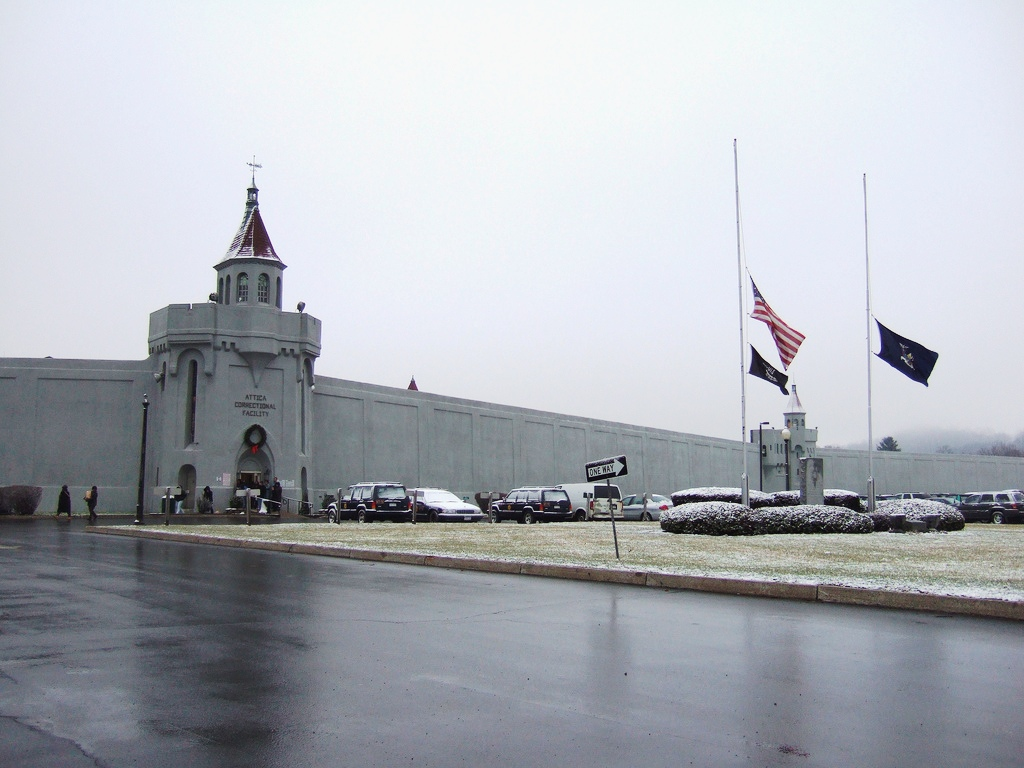 |
| Photo: Wikipedia |
Attica Correctional Facility, prison in Attica, New York, one of the last so-called big house prisons built in the United States. Constructed in 1931, it was the most expensive penal facility of its day.
New York state officials believed that a modern secure facility would solve the problems that they were experiencing with inmates in the wake of a pair of serious riots at state prisons in 1929. The facility included a seemingly impenetrable wall that was 2 feet (0.6 metre) thick, 30 feet (9 metres) tall, and topped with more than a dozen guard towers. Conditions for prisoners at Attica were harsh. Inmates spent at least 14 hours each day in their cells. Cramped cells, bad food, inadequate medical care, minimal recreation, and lack of employment training contributed to a dehumanizing atmosphere.
The Attica uprising became a watermark in United States corrections history, in large part because intensive press coverage and liberal criticism of the assault made people across the country aware of the uprising and the conditions that led to it. Commentators saw the events as evidence of a need for sweeping changes in corrections policies and a greater need to recognize prisoners’ rights. The prison was sold by Gov. Mario Cuomo in 1991 to the state’s Urban Development Corporation for $242 million, a move that allowed the state to cover a budget shortfall by, in essence, borrowing against itself.
1. ADX Florence
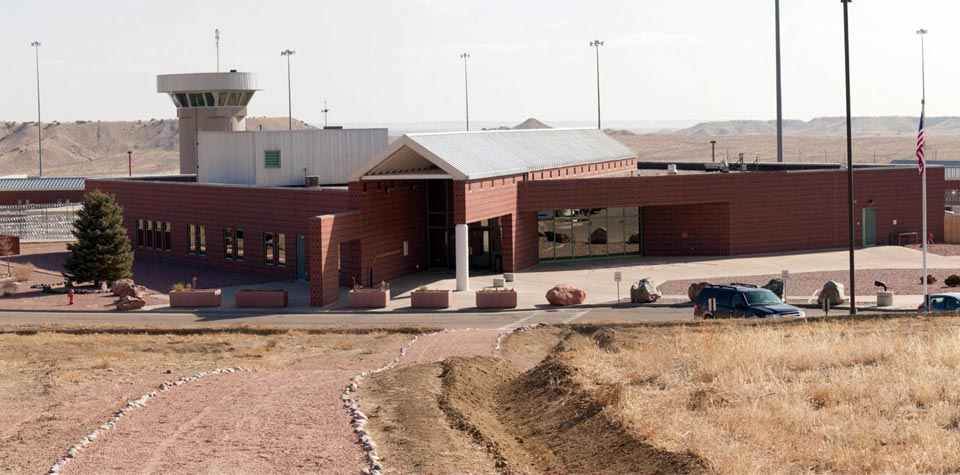 |
| Photo: Wikipedia |
The United States Penitentiary, Administrative Maximum Facility (USP Florence ADMAX) is an American federal prison in Fremont County near Florence, Colorado. It is operated by the Federal Bureau of Prisons, a division of the United States Department of Justice. USP ADX Florence, which opened in 1994, is classed as a supermax or "control unit" prison, thus providing a higher, more controlled level of custody than a maximum security prison. USP ADX Florence forms part of the Federal Correctional Complex, Florence (FCC Florence), which is situated on 49 acres (20 hectares) of land and houses different facilities with varying degrees of security, including the United States Penitentiary, Florence High.
USP ADX Florence was commissioned as the Federal Bureau of Prisons needed a unit designed specifically for the secure housing of those prisoners most capable of extreme, sustained violence toward staff or other inmates. As of September 2021, there are 338 prisoners. They are confined 23 hours per day in single cells with facilities made of poured, reinforced concrete to deter self-harm, and are under 24-hour supervision, carried out intensively with high staff–inmate ratios.
The prison has received far less criticism than comparable facilities at the state level, which tend to suffer from over-population, low staff-to-inmate ratios, and security issues. Jamie Fellner of Human Rights Watch said after a tour of the facility, "The Bureau of Prisons has taken a harsh punitive model and implemented it as well as anybody I know."
In 2012, eleven inmates filed a federal class-action suit against the Bureau of Prisons in Cunningham v. Federal Bureau of Prisons. The suit alleged chronic abuse and failure to properly diagnose prisoners who are seriously mentally ill. At the time of the lawsuit, at least six inmates had allegedly died by suicide (a seventh did after the original lawsuit was filed, and an amended filing added him to the case.) That number may be underestimated because suicide attempts are common, and many succeed.
Critics claim the use of extended confinement in solitary cells adversely affects prisoners' mental health; numerous studies support this conclusion. As of March 2015, settlement negotiations were underway with the help of a federal magistrate. Some changes have already been made by the Bureau of Prisons (BOP).
Prisoners held in Unit H are subject to Special Administrative Measures which prevent them from communicating with journalists, and from communicating privately with their own lawyers or family members.
 Top 10 Countries With Most Romantic Men In The World Top 10 Countries With Most Romantic Men In The World What is the best place to look for your ideal man? These 20 countries have the most romantic men in the world. Check it out! |
 Top 10 Most Romantic Places To Stay In The World Top 10 Most Romantic Places To Stay In The World Where to take your partner to have a wonderful holiday? These 10 places will be a recommendation for you. |
 Top 10 Most Dangerous Cities In The United States Top 10 Most Dangerous Cities In The United States Violent crime—especially gun violence—is nabbing headlines around the U.S, particularly in the country’s biggest cities. But which major metros report the highest numbers of crimes ... |
 Top 10 Most Neighborly Cities in America Today Top 10 Most Neighborly Cities in America Today From Florida to Hawaii, these cities take care of each other. Check out the top 10 most neighborly cities in America today! |

























